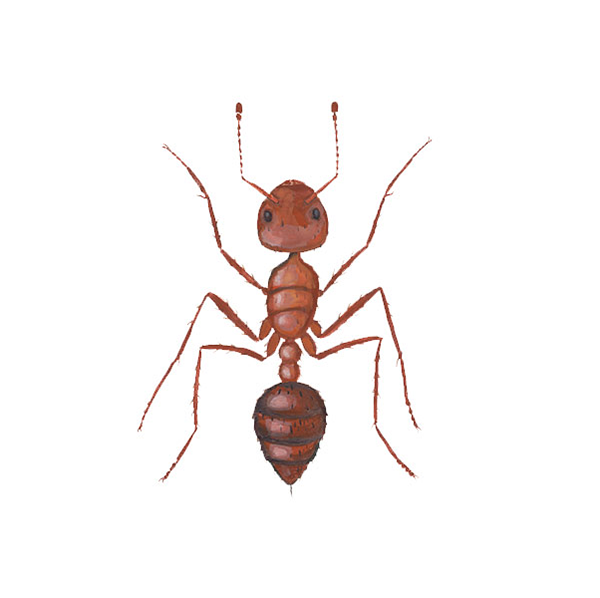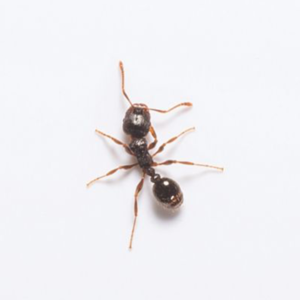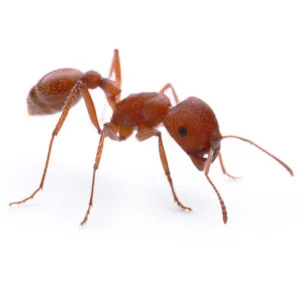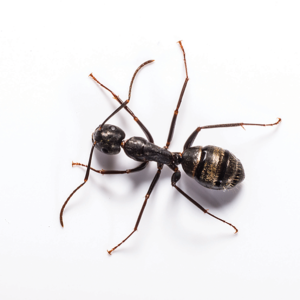Fire Ants in San Angelo
Fire ants are called so due to their very painful sting and bite. A single fire ant can sting and bite repeatedly. These ants create mounds, and when their mound is disturbed, many workers come out to attack the intruder. Fire ant attacks involve hundreds of workers stinging simultaneously. They eat almost any plant or animal material, including other insects. Moreover, fire ants are drawn to electricity and have been known to damage things like AC units, water well equipment, and outdoor lighting, posing a fire hazard.
Fire Ant Habitat
Fire ants are attracted to moisture, and you can find their nests near rivers, well-watered lawns, and potted plants. They construct mounds that regulate temperature and moisture within their colony, acting as an above-ground nursery with ideal conditions. Undisturbed fire ant mounds are often found in sunny open spaces like pastures, parks, lawns, and fields. As omnivores, fire ants eat both plant and animal resources. When searching for food, these aggressive ants can enter homes through cracks, crevices, gaps under doors, windows, or walls.
Fire Ant Behaviors, Threats, or Dangers
The painful sting of a fire ant is a significant danger to humans and pets. Unlike other venomous ants that bite and spray acid, fire ants bite and then use their stinger located on their abdomen. For most people, the burning sensation subsides within a few minutes, but hive-like bumps appear at the sting site within 30 minutes, followed by pimples with yellow fluid within 24 hours. Large colonies can cause damage to plants, lawns, and outdoor electrical fixtures. Given how painful their bites and stings can be, it’s best to leave a fire ant mound undisturbed and contact a professional ant exterminator should you encounter these pests.




